Aquafeed pioneer talks about sustainability, the bottom line and aquaculture’s role in saving humankind
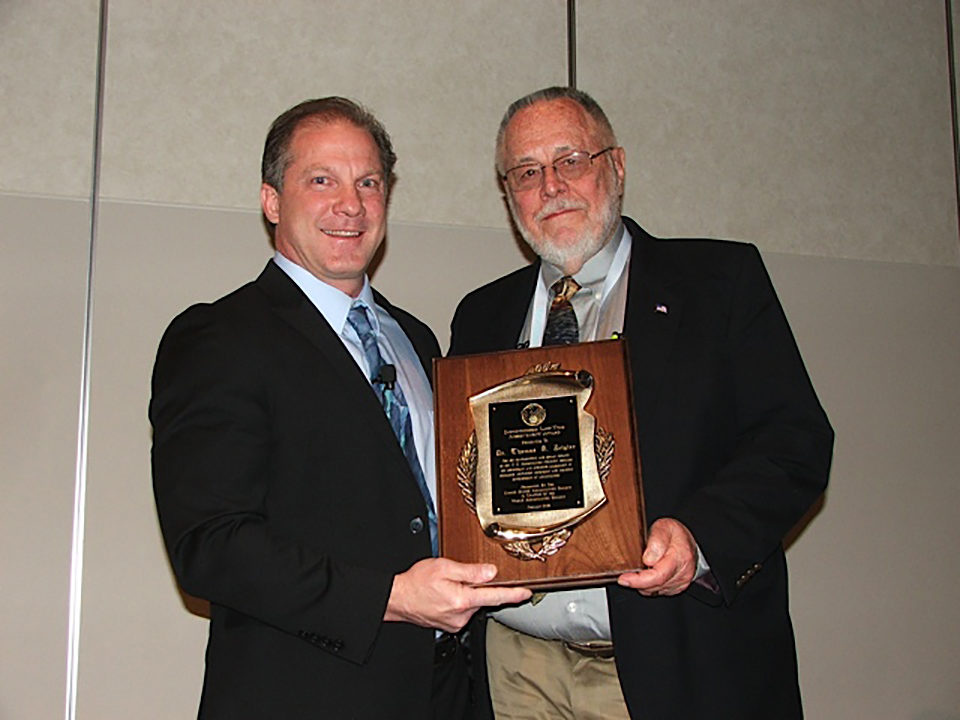
Since Dr. Tom Zeigler doesn’t mince words, an introduction befitting this aquafeed pioneer should be succinct. Zeigler is well known in many industries, having grown his family’s Pennsylvania business, Zeigler Bros., to a place of global prominence. Now on its third generation of leadership, the company manufactures hundreds of animal feed products for more than 50 international markets.
After being named the recipient of the Lifetime Achievement award by the World Aquaculture Society in February, the longtime contributor to the Advocate sat down for a phone interview and reflected on 50 years in the business of producing high-quality, nutritious feeds for the poultry, livestock and aquaculture industries.
You received the lifetime achievement award at Aquaculture America 2018, in Las Vegas. What does that honor mean to you personally?
Certainly, it was a very great honor. It meant a lot to me personally to receive it at the meeting. As one thinks about it, you realize that awards like this are never the result of one individual’s efforts. You become a bit humbled. I feel tremendous gratitude for all of those who contributed to this accomplishment: My personal family, my business family, my teachers and the industry that has allowed me to live my dream. It’s been a great ride.
There is a strong sense of community in aquaculture. For the most part, people are willing to share and to help others succeed, would you agree?
Yes, that’s a very accurate statement. We all face a lot of challenges. It’s the pioneering spirit you need to help one another to survive. It’s a great group with great values and I truly appreciate the opportunity which I have had to make many friends and to participate in this industry.
Which of your friends have helped you out the most?

Mr. Thorleif Rangen, past president of Rangen Inc. of Buhl, Idaho, for many years, was a good personal and business friend. We worked together on a handshake for 25 years. We did a lot of neat things together in aquaculture. Dr. Milton Scott, professor of animal nutrition at Cornell University and Dr. Bob Putts, U.S. Fish and Wildlife Service –they were all mentors, teachers and personal friends. Although they have all passed away the good memories remain. I owe these and many more so very much.
How did shrimp farming and feeds become your top area of expertise?
Although my professional training was in poultry nutrition, I’m kind of a generalist. When I joined our company, formally in 1961, we had a major emphasis on poultry. We started making fish feeds in the mid-1950s and made this the major focus of the company in the mid-sixties when our vision concerning the future of aquaculture became clear. In the 1980s we saw the shrimp industry coming to life, so we diverted significant amounts of energy into that industry and have been active there for the past 30 years though we continue to supply a complete line of aquaculture feeds targeting the human food, sport fishing and ornamental industries.
When you look at the growth of shrimp farming worldwide, what were some of the leading obstacles that had to be overcome to reach this level? And how do you think you contributed to that growth?
I don’t want to use a broad-brush approach, but one of the biggest limiting factors to the industry was that it was very profitable in the beginning – and then I think people got careless and went after short-term profits rather than long-term sustainability. They became very traditional in their thinking: “We did it this way and we’re going to continue doing it this way.” They didn’t open their minds up to creative problem solving and new ideas and new technologies. It’s really only in the last five years that we’ve seen a rapid adoption of technology and innovation. This has continually been a strong focus of our company.
What was an early moment when you realized the industry needed to change? Was it the rapid spread of diseases across major production regions?
Certainly, the appearance of devastating diseases was an important moment. As far as our company has been concerned we have basically been a nutrition company. Our business focus has been on effective nutrition through unique high-value products that improve productivity and profitability. You become what you eat. If you don’t eat properly, you get sick and die. The interaction of nutrition and disease is profound. We think that we’ve made a contribution indirectly, to animal survival and to better management systems. Recently we have made considerable advancement on feeds for recirculating aquaculture systems. These systems provide unique opportunities for biosecurity and therefore the impact of disease can be significantly reduced.
Nutrition is a huge part of successful aquaculture, and a great deal of focus has been placed on aquafeed sustainability given finite marine resources paired with unprecedented growth. What is your outlook on the prospects of ‘alternative’ feed ingredients like soy, algae, insects and microbial meals produced through biotechnology?
These ingredients and others to be developed are going to play an important role. It is a matter of resource availability, management and technology. As certain traditional ingredients become limited and there’s a need for replacements, technology will provide the answers. That’s what we’re seeing with single-cell proteins, algae and microbial meals, which are showing a lot of popularity and value. Technology will provide better options when the economics become more favorable.
Do you sense some trepidation over some of the new ingredients that many are less familiar with?
It’s a matter of perspective. These animals eat bacteria in their natural environment, so it’s a natural food for them. What we’re doing now is growing bacteria on waste substrates and concentrating them and putting them in the form that they can be used effectively in prepared feeds. It’s really nothing new. It’s just how we’re packaging it and making it available to animals.
You’ve written dozens of articles for the Advocate over the years. How important is it to you that leaders in this industry, like yourself, are in so many cases willing to share their knowledge with others?
This is probably an individual decision. The way I look at it is, each of us learned much from others, so we have an obligation to be teachers to help others to learn. If you share good ideas, and the industry grows, everyone has a chance at the growth and the opportunity. It’s a win-win.
You often wrote about ‘the bottom line,’ urging other producers to keep economics a core focus of their operations. Did many producers fail to do so, is that why you wrote about it so often?
What I have observed, especially in the fish and shrimp industries, is that people focus on cost, unit cost, or cost per unit of production. That’s only part of the answer. Profit equals revenues minus costs. You’ve got to look at the bottom line and consider all your costs, as well as your revenue, when you make decisions. Since feed is a major cost item in an aquaculture production system, it gets much attention. The general attitude is, “You should pay less for your feed and you will make more money.” That is just not the case, because feed is an investment. It affects the performance of the animal, the health of the animal, the water quality that the animals live in. Feed drives the system, so buying feed on cost and not value is the sure way to self-destruction. The relative cost of a single production input variable is insignificant if the return is great enough.
What has aquaculture suffered from the most, in a general sense: too little focus on economics, or too little focus on sustainability?
I don’t know if it’s an either/or. The approach has to be balanced. You can’t have a continually profitable business without being able to maintain the sustainability of it. In other words, it’s not going to be economically sustainable, so you have to do both. The focus changes from time to time, and I guess it depends on who’s writing the headlines and what’s popular at the time. We have to do both. We have to have a sound, sustainable business. I think aquaculture is very capable of achieving that.
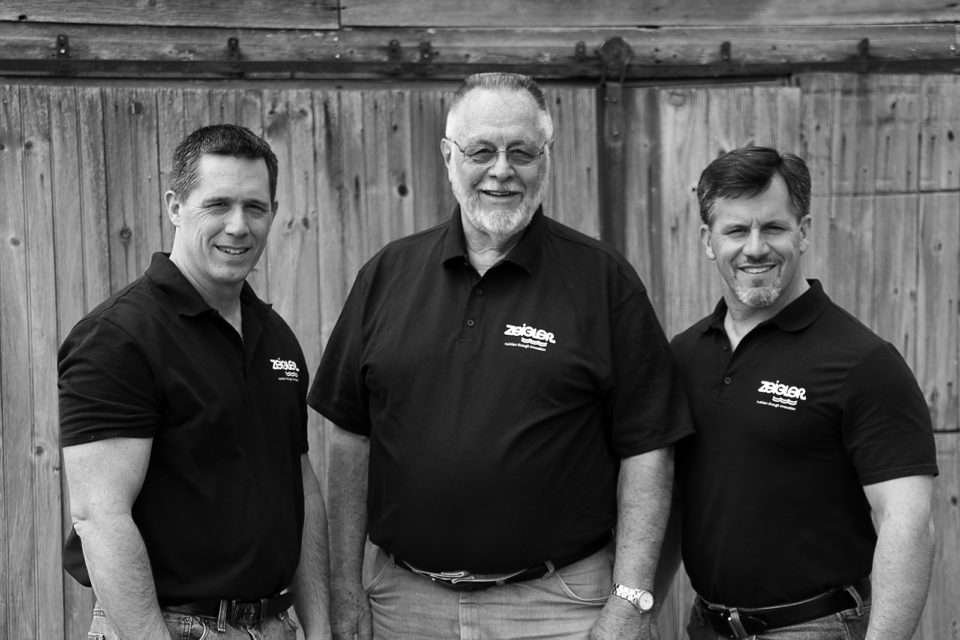
At Aquaculture America, talk of a ‘blue revolution’ was revived. What do you think must be done for aquaculture to earn a more prominent place in our nation’s food system – meaning domestically produced aquaculture, in U.S. waters, supported by the government and its citizens?
When I speak of aquaculture, I include both aquatic plants and animals. The biggest thing that needs to be done, is we need to answer the question, “Why Aquaculture”? I’ve been talking about this since the 1970s. We have not had good, professionally developed, highly credible, scientific and economic information that adequately addresses this question. This needs to be done by a highly professional think tank organization or task force, which is independent, and gets its arms around the whole situation of energetics, health, environment and water conservation, etc.
There are about 10 important reasons why aquaculture is important, and we need to figure it out and tell the story. Like one of the speakers said at Aquaculture America, “Aquaculture will be the salvation of mankind.” I believe that to be a true statement.
Looking forward, are genetics the key to creating the next great era in farmed shrimp production? How can that tool best be harnessed?
I partly believe in that. The performance of an animal industry like aquaculture is a combination of genetics, and the environment that surround the genetics. The current limiting factor in shrimp production is the environment and I consider feed to be a part of the environment. Shrimp production currently involves different environments that vary in many different ways, and it’s just not possible to produce standard genetics that are going to perform optimally in all those different environments. To the extent that we can standardize the environment in a factory-type way, then we can go back to the geneticists and say, give us an animal that’s going to optimize production in this specific environment. The two then become critically linked. With controlled standardized environments, the contribution of genetics becomes much more profound. We have seen this with poultry, swine, soy, corn and other agricultural industries, so it’s nothing new.
What are your hopes for aquaculture in America? We import a lot of seafood, much of it farmed. The argument to produce more at home is pretty strong. What do you see for the future?
Forty years ago, we predicted the growth of aquaculture and although there has been good growth of this industry it is not near what it should be. It gets back to when people understand why it’s important and the associated benefits to society – then it’ll grow faster. Answer the question “Why aquaculture” and then “Tell the story.”
Because it is a relatively small agriculture industry, you have politically directed moneys going to other animal-production and crops industries. Although the negative balance of trade is significant, it is not a situation that has moved the politicians to supporting aquaculture in a meaningful way. Things will have to change however when the supply of water becomes more critical. When we have to produce food and conserve water, I think aquaculture will get the attention it deserves because aquaculture does not consume water, it uses and reuses water. Aquaculture will play a critical role in the preservation of mankind on earth and also in the colonization of outer space.
Follow the Advocate on Twitter @GAA_Advocate
Now that you've reached the end of the article ...
… please consider supporting GSA’s mission to advance responsible seafood practices through education, advocacy and third-party assurances. The Advocate aims to document the evolution of responsible seafood practices and share the expansive knowledge of our vast network of contributors.
By becoming a Global Seafood Alliance member, you’re ensuring that all of the pre-competitive work we do through member benefits, resources and events can continue. Individual membership costs just $50 a year.
Not a GSA member? Join us.
Author
-
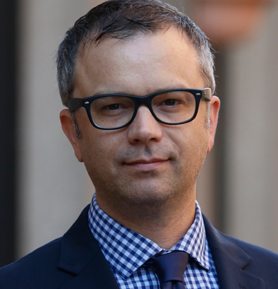
James Wright
Editorial Manager
Global Aquaculture Alliance
Portsmouth, NH, USA
Tagged With
Related Posts
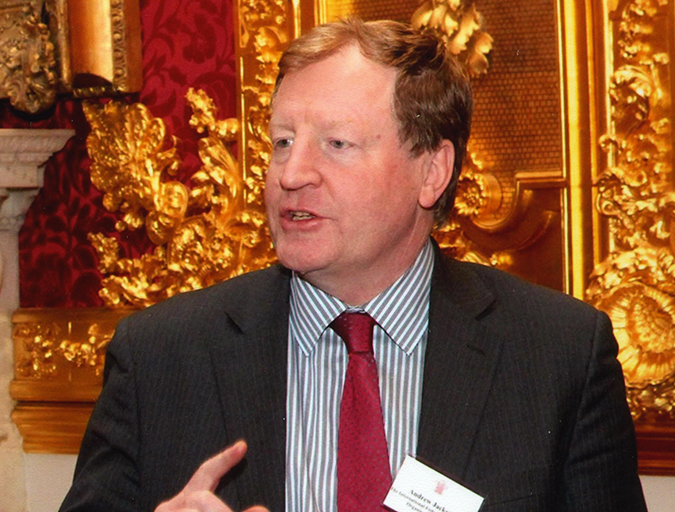
Aquafeeds
Aquaculture Exchange: Andrew Jackson, IFFO
Aquaculture remains dependent on fishmeal and fish oil, crucial marine ingredients in aquafeeds, particularly at key life stages. Andrew Jackson, technical director at IFFO and one of the world’s foremost fishmeal experts, tells the Advocate that the two industries can coexist well into the future if properly managed.
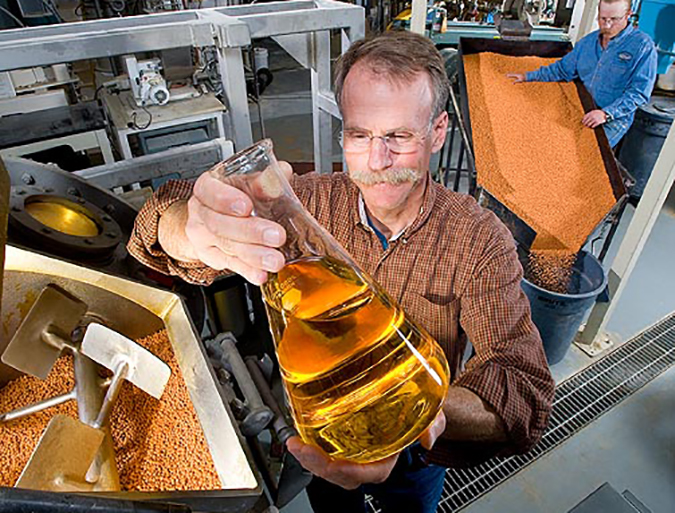
Aquafeeds
Aquaculture Exchange: Rick Barrows
After 14 years with the USDA’s Agricultural Research Service, Rick Barrows talks about the importance of finding ‘complete’ and commercially viable alternative sources of omega-3 fatty acids and continuing innovation in the aquafeed sector.
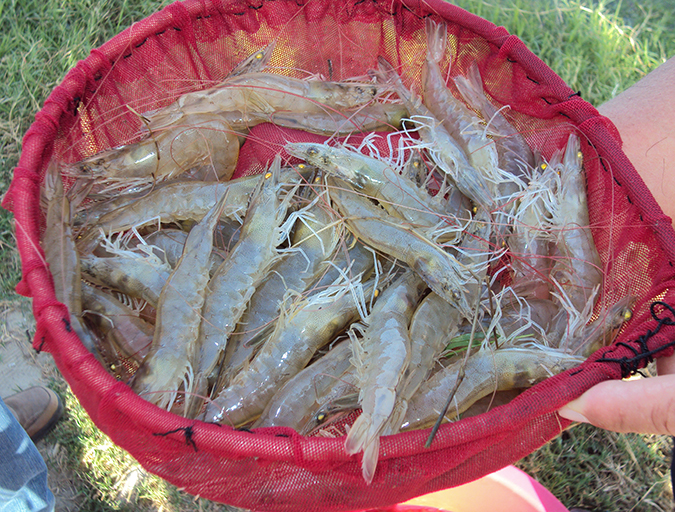
Health & Welfare
Genetics key to maximum growth rate for shrimp
Realizing higher growth rates in commercially cultured shrimp has many important benefits, including reducing various risks, cutting costs and increasing economic opportunities. Shrimp genetics primarily determines the amount of additional growth that can be achieved, as shrimp typically reflect their parents’ growth rates.
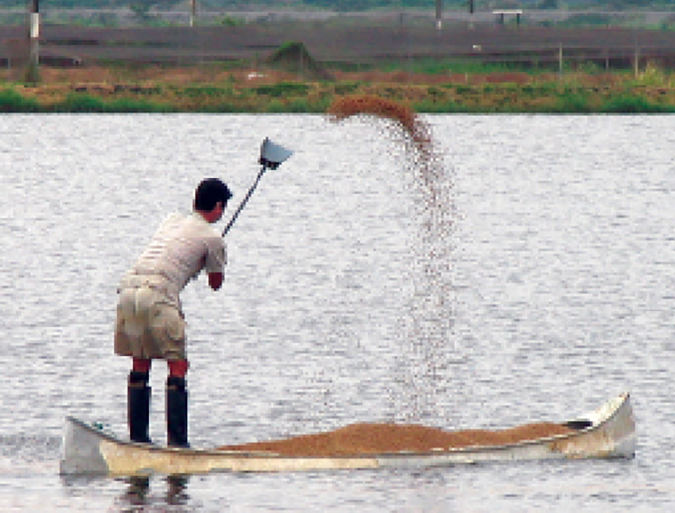
Aquafeeds
The Bottom Line: Feeds and water quality revisited
Uneaten or undigested feed and their metabolic byproducts contribute to declines of water quality in aquaculture systems. Accordingly, feed and feeding techniques require continuous review. Reducing overfeeding is an important opportunity for improving feed conversion ratios.


